Hey, Worried about some guppies in my tank that were recently introduced and some now have quite large white marks on them. They are in the tank with a pair of platties. They have all become very shy including the platties and they are not that enthusiastic about eating, although they are eating still. The platties have no marks on them but behaviour has changed.
Kind of panicked and I went ahead and used anti fungal treatment today during a water change. Other tank mates inclued Khulie loaches, Ottos and loads of red cherry shrimp and java fern that all seem fine.
Found a fry with white tail which i tried to picture. The picture of the blue tailed female makes it appear like she has spots on her tail fin. Her tail actually looks more like its degrading and the camera makes it appear like spots for some reason.
Any info on what this could be would be appreciated, Thanks!
Kind of panicked and I went ahead and used anti fungal treatment today during a water change. Other tank mates inclued Khulie loaches, Ottos and loads of red cherry shrimp and java fern that all seem fine.
Found a fry with white tail which i tried to picture. The picture of the blue tailed female makes it appear like she has spots on her tail fin. Her tail actually looks more like its degrading and the camera makes it appear like spots for some reason.
Any info on what this could be would be appreciated, Thanks!
Attachments
-
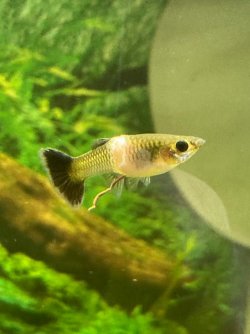 275994455_1299290703925680_301890034326550998_n.jpg80 KB · Views: 35
275994455_1299290703925680_301890034326550998_n.jpg80 KB · Views: 35 -
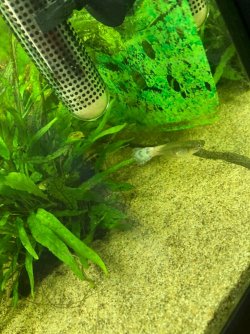 277348858_654213872334264_5348378876747747092_n.jpg146.8 KB · Views: 29
277348858_654213872334264_5348378876747747092_n.jpg146.8 KB · Views: 29 -
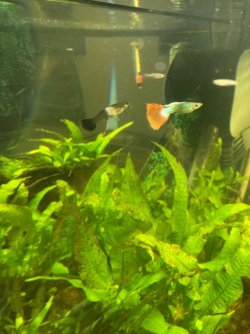 275981127_1340150389785248_856417329885651919_n.jpg91.3 KB · Views: 30
275981127_1340150389785248_856417329885651919_n.jpg91.3 KB · Views: 30 -
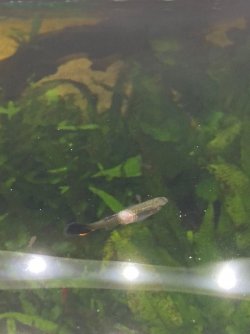 275914790_966107654043852_8503121305898410799_n.jpg53.6 KB · Views: 27
275914790_966107654043852_8503121305898410799_n.jpg53.6 KB · Views: 27 -
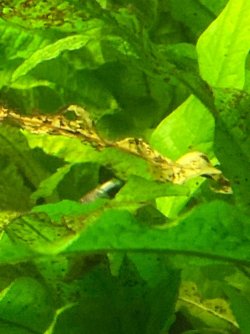 277253691_429840762242973_5246086106252503325_n.jpg99 KB · Views: 30
277253691_429840762242973_5246086106252503325_n.jpg99 KB · Views: 30
Last edited:

